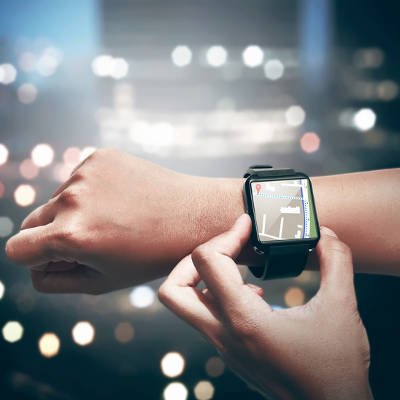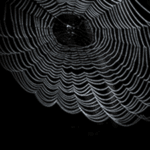Today, perhaps now more than ever before, technology is making strides toward making its users consider ways to stay healthier. Wearables are one of the primary examples of how technology is aiming to make users both more active and more interested about their own health. At 2018’s Consumer Electronics Show in Las Vegas, Nevada, this technology was front and center, showcasing how far it has come in just a year’s time.
The latest and greatest health technology takes advantage of monitoring and other types of machinery to ensure users are connected to their vitals in never before seen ways. Healthcare professionals are using these technologies to diagnose and predict potential health issues in patients, allowing them to take a preventative approach to their wellness. Devices like watches, pacemakers, phones, and even jewelry are all collecting data that can be used by patients and doctors to improve the way that personal health is approached.
Consumer technology is one of the strongest places to start implementing health-based functionality, according to several industry professionals, including Samsung’s chief medical officer and head of healthcare and fitness, Dr. David Rhew. Yet, these changes in the way that technologies take advantage of health information tend to blur the lines between what’s acceptable and what’s not.
Take, for example, the Health Insurance Portability and Accountability Act, which ensures that medical data or similar records are kept safe and secure from prying eyes. There are various regulations that need to be kept by any organization collecting this information for any reason–even if it’s just a device that’s collecting information about a user’s vitals. How are these devices affected by HIPAA, or vice versa?
The near future might be filled with devices that can examine heart rate, detect abnormalities in blood pressure, track sleeping patterns, and monitor body temperature, but these devices will need to be closely monitored and regulated in an effort to preserve the privacy of their patients or users. The question for the future, however, will be whether or not these wearables should be held to the same regulations as HIPAA compliant devices are.
Here are some of the more interesting smart wearables that can be used by consumers to learn more about the inner workings of their bodies:
- L’Oréal introduced a tiny ultraviolet sensor smaller than a thumbnail that can be used to minimize exposure to too much sunlight and reduce chances of skin cancer.
- Philips has created the SmartSleep, which is headgear that can improve the quality of the user’s deep sleep and monitor patterns in sleep.
- Oska Wellness has introduced a wearable that connects an electromagnetic pulse to an application, all to track and resolve muscle pain.
What are some of your anticipated uses for wearable technology in the coming year? Let us know in the comments, and subscribe for more information on the latest and greatest technology.





